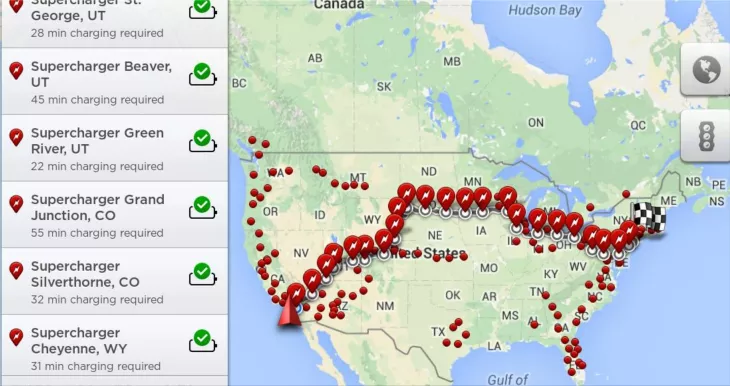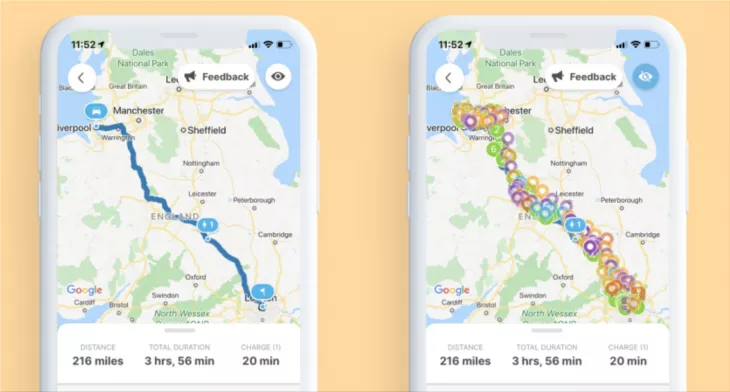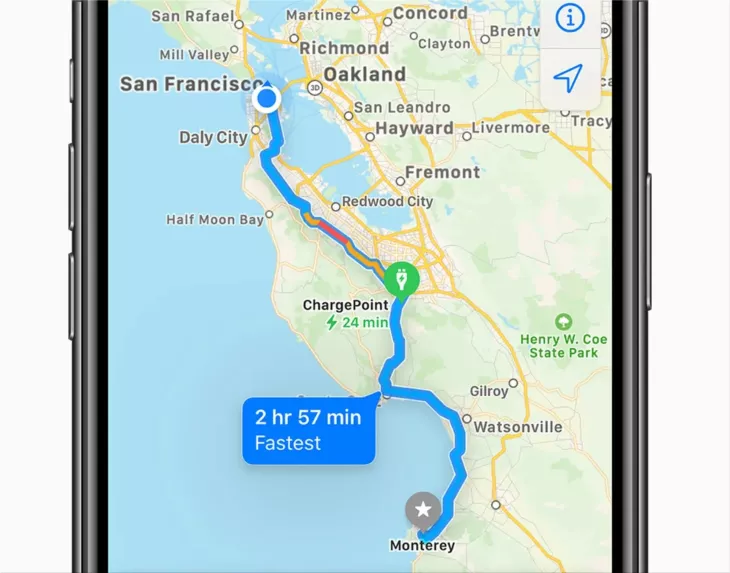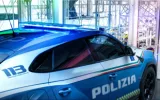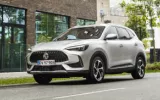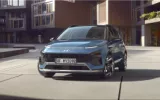Drivers of electric cars should not rely on the charging plans in their route planner. A test of the systems from BMW, Mercedes, Renault, Polestar, and Tesla shows three charging plans with significant weaknesses.
The main problem of BMW, Renault, and Polestar is that they do not plan the charging times reliably: the batteries in electric cars are often still relatively well charged, so too many stops are planned for the test route from Stuttgart via Munich to Jena. Also, high-performance charging columns are not always approached, even though they are free and on the road.
According to the test, at BMW, you are pushed to charge with a battery pack that is two-thirds full. If you drive past the charging station, you will be led back. The Polestar does not calculate realistically either: the navigation system often predicts a remaining capacity of 10 percent at the charging point, but the battery still has 25 to 30 percent when it arrives. One charging process could have been saved on the test track.
According to Auto Motor und Sport, charging planning at Renault is particularly weak: at the first charging stop, the arrival time was delayed by an hour because all the columns were supposedly occupied. On the one hand, that was not the case; on the other hand, Renault did not select any available alternative locations. Along the route, the navigation system suggested low-power charging stations with long charging times, although high-power charging points were also available. "One time the Renault left the autobahn, took a 23 km detour in the opposite direction to a semi-private inner-city pillar with only 50 kW of power, which is only open to the public from 3 p.m. - the Renault makes the recommendation at 2 p.m.," reports the testers.
In the test, Renault and BMW only achieved sufficient rating, the Polestar satisfactory rating. On the other hand, Mercedes and Tesla cars performed nicely. At Mercedes, the forecasts according to Auto Motor und Sport were precise, and the chargers were usually well-chosen. And if you skip a charging point and drive on, the system will quickly find an alternative and recalculate. Tesla also plans reliably and reacts flexibly to route changes or higher power consumption due to faster driving. However, Mercedes and Tesla also have weaknesses. For example, only a few individual settings are possible, such as a minimum filling level of the battery pack on arrival.





